If you are looking for photography ideas and inspiration for 2023 and beyond, the list below is meant for you. Many photographers find themselves in a bit of a creative rut from time to time, or they just want to try out something new rather than taking the same types of photos. The ideas collected below will be useful either way, helping you enjoy photography to the fullest and practice interesting new techniques along the way.
1. Try Out a Different Genre
One of the easiest things you can do if you’re looking for some excitement is to try an entirely new genre of photography. If you are a landscape photographer, try shooting portraits. If you are a wedding photographer, find some architectural scenes to capture. Or dip your toes into one of the more difficult genres of photography to master astrophotography, microscope photography, underwater photography, and so on. We have a whole list of important photography genres that might give you some ideas.
Or just try to branch out within the genre you already prefer. If you are a wildlife photographer, look for animals that you do not usually photograph. If you are a portrait photographer, try taking portraits of strangers rather than clients or people you already know. Get out of your usual routine, and you will improve your skills almost every time.

2. Start a Photo-Per-Day Project
When many people start brainstorming photography ideas, one of the first things they will think of is a weekly or daily photo project. It is quite common to hear about projects like this online, and for good reason they keep photography on your mind throughout the year.
Sometimes, photo-per-day (365 Projects) or photo-per-week (52 Projects) have a dedicated theme. The first week might be shadows, the next is red and blue, the third is texture and so on. Other times, it is more about creating a personal goal making sure you actually take at least one good photo each day of the year, for example.
Even if you do not do a strict photography project, it is still a good idea to take photos regularly throughout the year, without major gaps. You do not want to lose any creativity or muscle memory for your camera.
3. Rent a Different Lens
Sometimes, a bit of new equipment is enough to spark a photographer’s interest in spontaneous photoshoots and exploration.
It doesn’t need to be something crazy (or crazy expensive) like a 400mm f/2.8 supertelephoto. Even renting an 85mm f/1.8 prime, or a macro lens, is enough to bring out a lot of creativity and excitement that had been hidden behind the scenes. If you can borrow from a friend or swap equipment for a few days with them, even better. I am a Nikon shooter, but I have borrowed Canon cameras in the past just to test, and it is always been a good excuse to take more photos and go out more often to shoot.
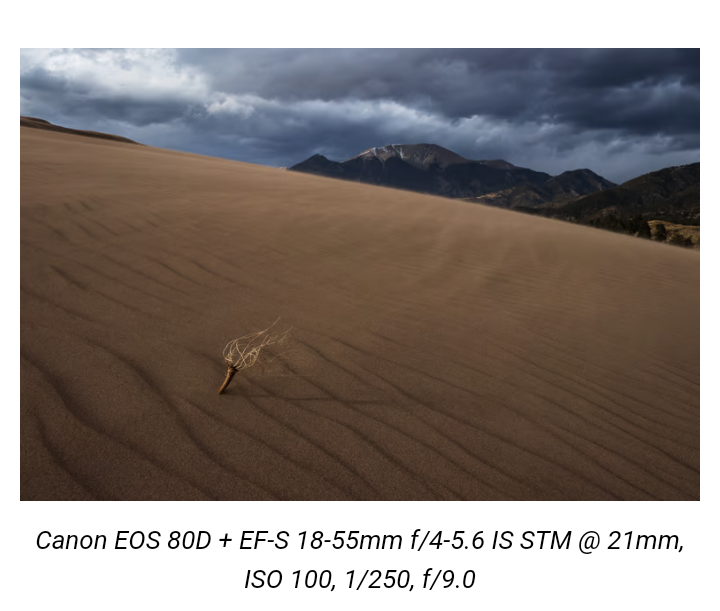
4. Use a New Post-Processing Style
Experimentation is not only part of photography in the field. It applies just as well to post-processing work even more, perhaps, given the extraordinary number of post-processing tutorials available to try out wildly different types of photography.
Try out double exposure post-processing techniques. Turn your images into more of a conceptual piece, where you are blending multiple photos together into one. Or, add text to an image so it looks like a poster or magazine spread. You do not need to be a Photoshop master to make something interesting and creative though you will definitely improve your editing skills along the way.
5. Do Some Macro Photography
Macro photography is much more accessible than people tend to think. You do not need an expensive macro lens just the equipment you already have, plus an extension tube. Even a 50mm prime lens and a single extension tube is going to get you great close-up images, although it takes some time to learn the right techniques for macro photography.
If you want more capabilities than an extension tube, you can find some inexpensive macro lenses that are older, third-party, or manual focus only. Either way, you will not regret getting macro capabilities in the end. It is one of the best ways to take amazing photos in almost any location and time of day. Many of my best macro photos are from my backyard on an ordinary day in mid-afternoon.

6. Try Creative Lighting and Flash Gels
If you shoot with a flash, you are probably trying to do it the “correct” way bouncing it off walls or ceilings, diffusing it to avoid harsh shadows, and carefully balancing it with ambient light. As reasonable as that may be, it only scratches the surface of the creative potential of flash.
For starters, try using flash gels to light your subject with interesting and unusual colors. Don’t be afraid of harsh shadows; light the image so half the photo is an intense silhouette. Of course, none of this is a good idea for actual events, but chances are good that you will discover a new technique you like and can carry over to the rest of your work.
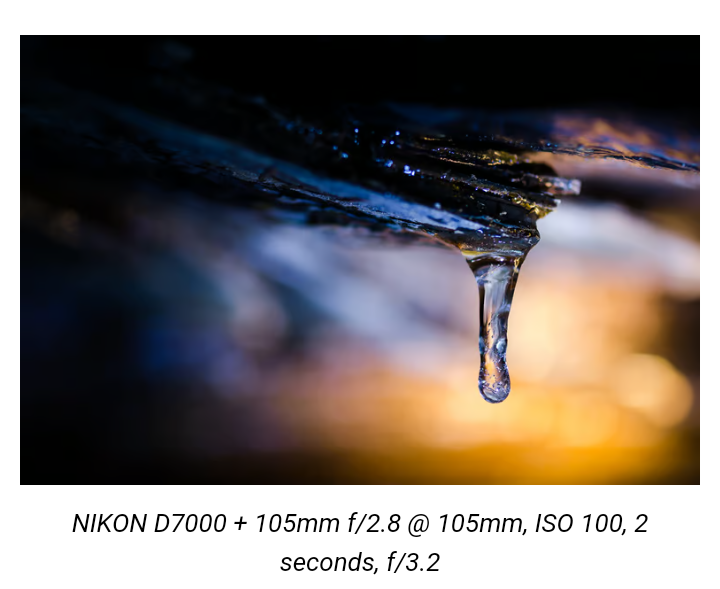
7. Print a Book of Photos
A lot of photographers have told me that they wish they printed their photos more often. Sometimes, it is because they do not have enough time or space to put a printed photo on their wall. Other times, it is just a matter of price; a good print, especially with a frame, can be prohibitively expensive.
Often, my recommendation is to try creating a photo book instead of a single larger print. That way, you can see several of your images at once in physical form, good for inspiration and for morale. A high-quality photo book still will not be cheap, but it beats printing several dozen images individually and finding ways to present them.
8. Experiment with “Wrong” Settings
No one should shoot handheld images with a 5 second shutter speed, or macro photos at f/2.8 with nonexistent depth of field. Except when you should.
In reality, there are a lot of “wrong” camera settings that just do not work for typical images. That is fine if your goal is to get a perfectly sharp photo that presents your subject in the standard way. Sometimes, though, experimenting with unusual camera settings will give you a better result than any other method.
So, next time that you are looking for some new photography ideas, try shooting the same old subjects with very different settings (including different lenses and post-processing styles). Do a whole street photography session with a telephoto lens and long shutter speeds, or a landscape photoshoot with the widest aperture on your lens. Whether or not the photos work out, they certainly won’t be ordinary.
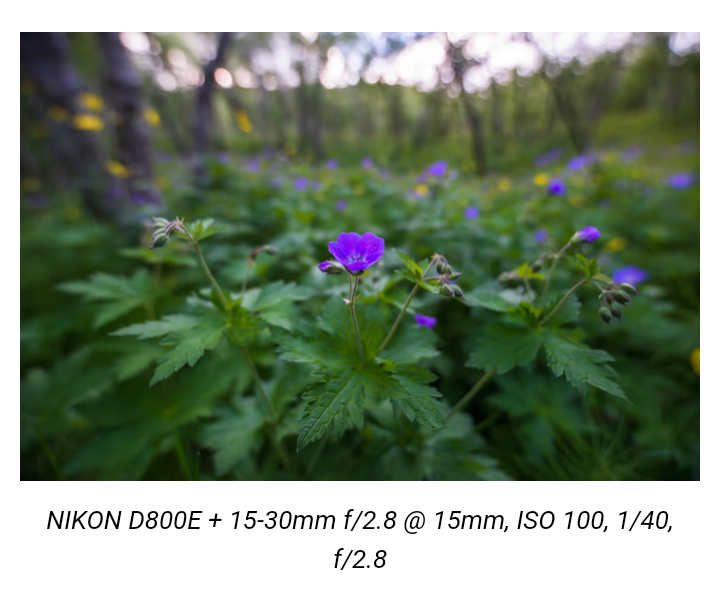
9. Create a Photo Series
Even if you do not want to do a photo-per-day project, there is still a lot to be gained from creating a photo series usually with a single underlying theme. Challenge yourself to shoot 25 different street photos with the color green in all of them. Or, capture the same subject under as many weather conditions and times of day as possible.
You can go further and capture a photo series that tells a story a sequence of images documenting the demolition of a building and the construction of its successor, or the change of a tree through the seasons. There are many stories to be told out there, not all of which can fit into a single image.
10. Go Through Your Old Photos
Sometimes, the best way to add photos to your portfolio is not to go out and take new ones it is to search back through your archives to find images you missed initially.
As much as I recommend getting into the field and taking pictures as often as possible, that is not always realistic. Even if you have the time and circumstances are right, photographers seem to overlook their old work more often than they should. It’s always a good idea to review your old photos on occasion to see which ones are unexpected successes, or could be improved with your current post-processing skills.
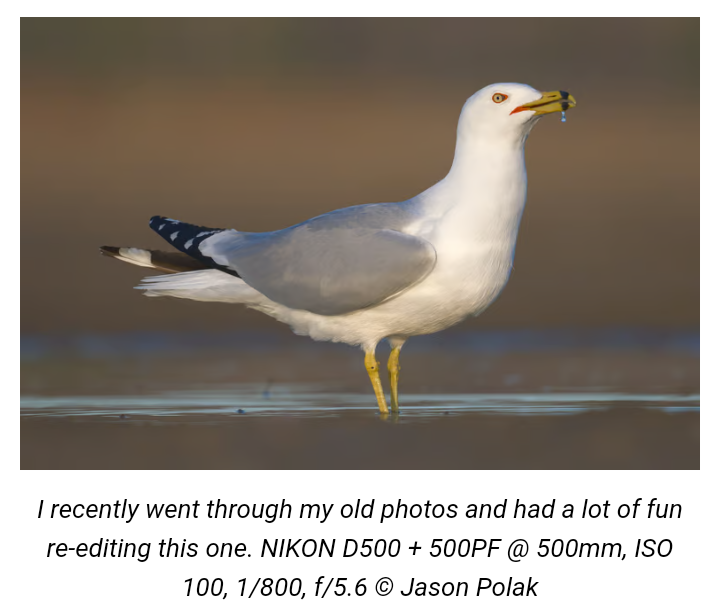
11. Practice Abstract Photography
One of the good things about abstract photography is that the subject is that you do not need to go anywhere fancy to practice it. Like macro photography, it is possible to take good abstract photos almost anywhere you just need to look at the world in a less literal way. Abstract photos are not “of” anything aside from light, shapes, and color. That’s what makes them so flexible.
I took the following photo of dew droplets on the hood of a car shortly before sunrise, with lamplight reflecting on it. Those are subjects many of us pass by each day a car and a lamp but photos like this hide in plain sight. I have taken other abstract photos of plants in my backyard or textures in the snow. If you look hard enough, you will find good abstract photos almost anywhere.
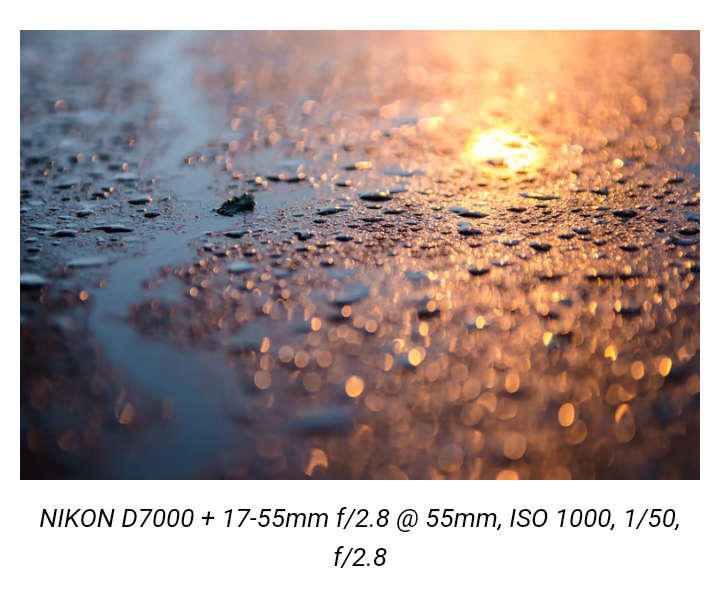
12. Scout for New Locations Nearby
It might feel as though you have exhausted all the local spots for photography, but that rarely ends up being true. If you are a landscape photographer, have you scouted all the waterfalls or forests within a short drive of your house? For portrait photographers with a go-to location, are there parks or interesting buildings that you have not tested yet as backdrops? In either case, the answer is that you will almost certainly be able to find new places to photograph that you have not explored yet.
You do not need to live in the middle of the mountains or the rainforest to find good landscapes and wildlife to photograph. Likewise, you can take great street photos even if you are not in New York City or Paris. We often overlook great nearby locations just because they are familiar to us, but they can be a gold mine for great photographs.
13. Limit Yourself
Some of the best creative work comes from working around limits and restrictions, even artificial ones that you assign to yourself. Try it some time; allow yourself just a single prime lens for a day of shooting, or only take vertical images. The specific limitation can be anything, reasonable or absurd. Stand in one place the whole time, or shoot all your photos without looking at the LCD or viewfinder.
The photos you take, good or bad, are not as important as the exercise in creativity. Self-imposed restrictions are good practice for real photoshoots. Sometimes, you may not be able to use a flash due to venue rules, or your movement is restricted because you are photographing from a small overlook. There are always going to be some limitations when you are practicing photography, so it is a good idea to prepare yourself for them ahead of time.
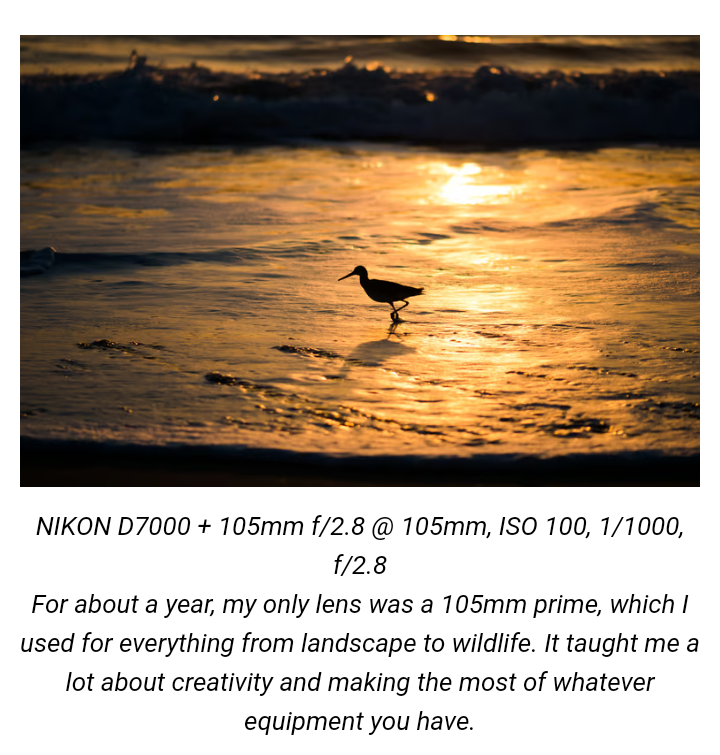
14. Team up with Another Photographer
If you know any other photographers, it can be a great idea to team up with them for a day of shooting. You will probably learn some new techniques along the way, or at least be inspired by each other’s processes. At a minimum, you will spend some time out shooting and working with someone else who enjoys photography.
You may not know anyone nearby with the same hobby, but you can always join a photography club or photo walk to meet some. The point is simply to spend time with other people who share an appreciation for photography, as well as taking some new photos along the way.
15. Drive to Dark Sky Areas
If you enjoy landscape photography but can not find many locations nearby to shoot, consider driving somewhere with a darker sky and shooting the Milky Way. That certainly is not possible for everyone, or at least it can take way too much driving, but it might apply to you. I live in an area with quite a bit of light pollution, but I was able to drive for a couple hours to find nearly clear skies.
Invite some friends along, photographers or not, and make a fun trip out of it. With the amount of light pollution today, not enough people have a chance to see a (relatively) clear Milky Way, and they might be very excited about the chance. There are several dark sky maps available online, such as this one, which you can use as a good resource.
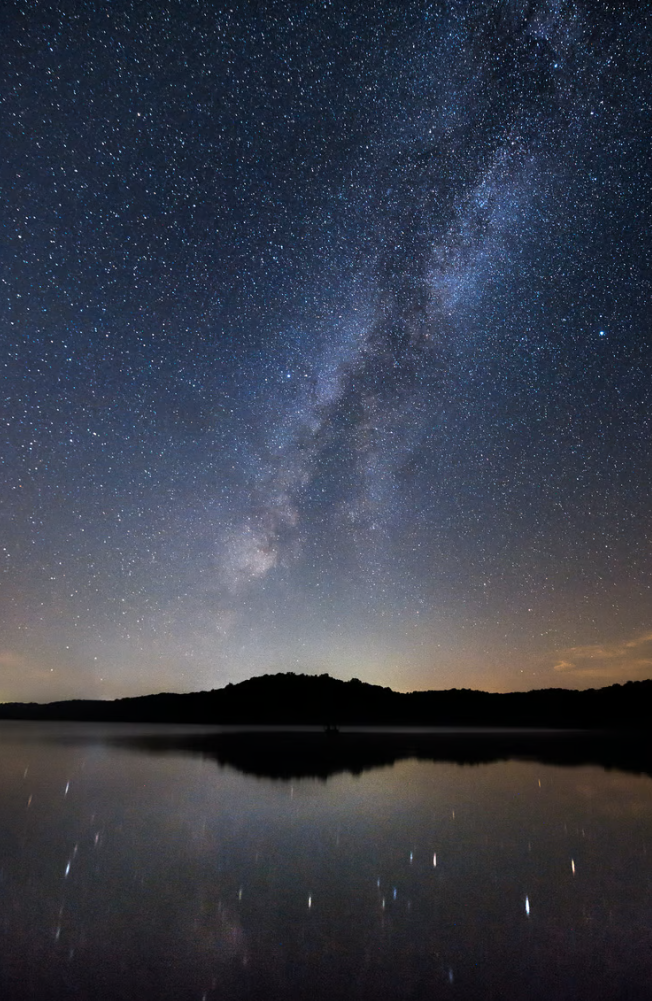
16. Make the Most of the Seasons
Changing seasons including holidays and other events are perfect for photography, no matter the type. Landscape photographers can chase after amazing colors when the leaves change in autumn. Portrait photographers can do season-themed shoots, and street photographers will find lots of celebrations and different lights to photograph throughout the year. Wildlife photographers can look forward to animal migrations and different behaviors throughout the year.
For example, in Colorado, the sandhill crane migration each year attracts thousands of visitors (and even more sandhill cranes) to a single valley near Great Sand Dunes National Park. Or, in large cities across the world, you will always find decorations that match the season. And in areas with lots of farms, hay bales generally start to appear right as the colors change in autumn. Match your style of photography to these changes, and you will find some great images along the way.
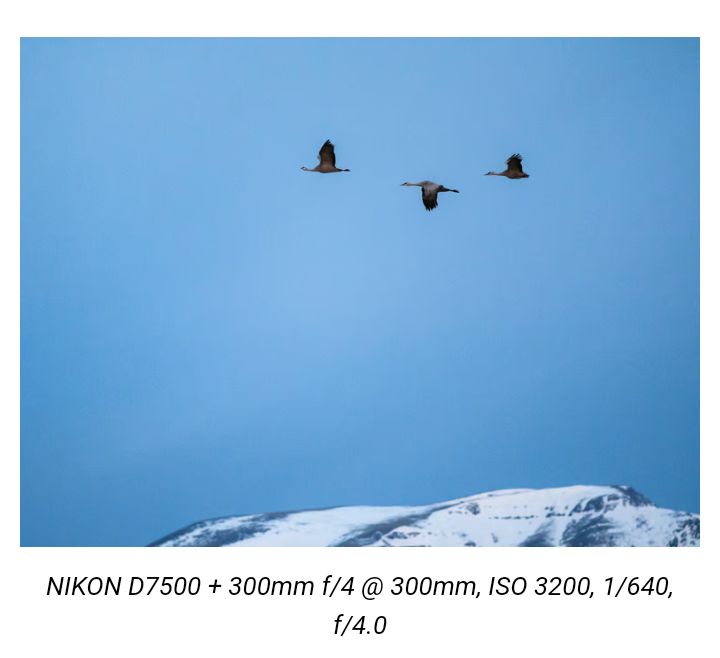
17. Make a Challenge with Another Photographer
You always see Youtube videos challenging two or more photographers to shoot the same subject and see how the results turn out differently. Why not do that yourself?
If you know some other photographers, you can set a challenge together and watch the creativity unfold. Maybe, like the videos, you both have to photograph the same model and see how different your images turned out. Maybe you swap cameras for a day of shooting. Or maybe you challenge yourselves to take photos in the other photographer’s style as closely as possible.
There are limitless possibilities and lots of ways to set your mind to work with challenges like these.
18. Recreate a Photo You Like
Sometimes, you will see great images online or elsewhere that make you wonder what techniques the photographer used. The best way to figure out is to try recreating the photo for yourself.
This is similar to how many artists will attempt to recreate famous paintings from scratch, learning new techniques along the way. That is the goal here, too adding new techniques to your toolkit for later, not trying to steal someone else’s work. It’s disingenuous, and perhaps copyright infringement, to publish your version of another photographer’s image while passing it off entirely as your own.
Then again, you also do not need to recreate an image you liked without any modifications. I once saw an interesting macro photo of a water droplet in midair, a map of the world behind it (so a globe shape appeared in the water). Rather than recreate this exact image, I did the same water droplet setup but with a slice of an orange in the background. At the end of the day, I still learned the same skills, but with an image that is more of my own.
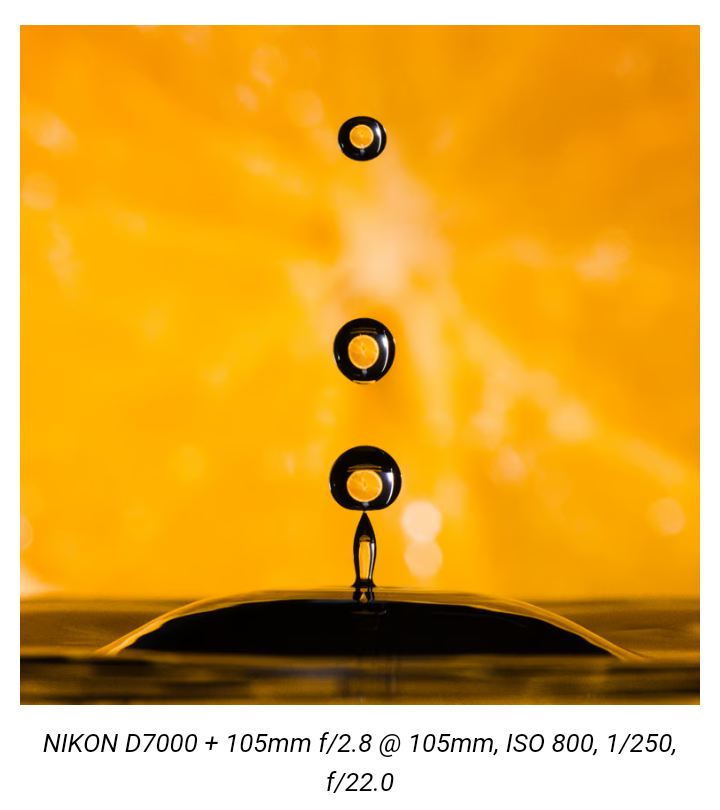
19. Photograph Friends and Family
Even photographers who do not usually shoot portraits are almost always better than non-photographers at photographing people. But I find that many photographers, regardless of their usual genre, just do not take enough pictures of their friends and family.
This is not just for your own sake, although that is an important part. It is also something that many people find useful to have, for many reasons their personal website, social media, spouse’s desk, and so on. And, of course, it provides a chance to practice different lighting and shooting styles with someone who will forgive you if the photos turn out badly.
20. Experiment with Oil, Water, or Ice in the Studio
If you are really in a creative rut, why not do some close-up photography in your own home? You did be amazed at the possibilities that arise from basic items around your house.
Some of my favorite ideas are photographing water and oil mixing together, droplets of water frozen in midair, macro photos of ice, and even the colors of a CD up close (still have any of those around?)
The point is to get your creative juices flowing and learn new things about studio lighting while you are at it. It is amazing how fun this type of photography can be.
21. Use a Compact Camera for a Day
One of the earlier ideas in this list is to limit yourself and that is easy to accomplish just by changing your equipment. Try taking photos for a day with a compact camera or smartphone, putting all the care into each image as you would with a DSLR. Use your tripod or lighting setup as normal, and same with post-processing. (Most flashes can be set to go off when they detect another flash, including the pop-up of a point-and-shoot.)
In this case, the results definitely will not have the same pixel-level quality as from your main kit. But this exercise will bring out a lot of creativity, too. You can not rely on shooting portraits with a shallow depth of field, so you need to be more careful about backgrounds and lighting. For landscape photography, you will have much less dynamic range, so you need to wait until the sky and foreground have balanced light, or else shoot bracketed exposures to blend.
No matter what workarounds you use, you will come away with a better sense of how to push your camera’s limitations and a stronger argument for why the camera does not really matter in the first place.
22. Shoot Some Film
Film is seeing a resurgence these days, and it is no surprise why. The fun of film is off the charts, and it is a very tangible way to create a photo: nothing but light and chemicals.
Film comes in all flavors, from light-leak experimental 35mm film to ultra-high resolution 4×5, 8×10, and ultra-large formats. No matter what type you try, I think you will learn something new about photography and enjoy the process along the way.
Even if you are a veteran film user and film is not new to you, it is still fun to pull out your old 35mm camera and shoot a few rolls. You may find that it brings back a few aspects of how you used to shoot that could be relevant on digital as well.
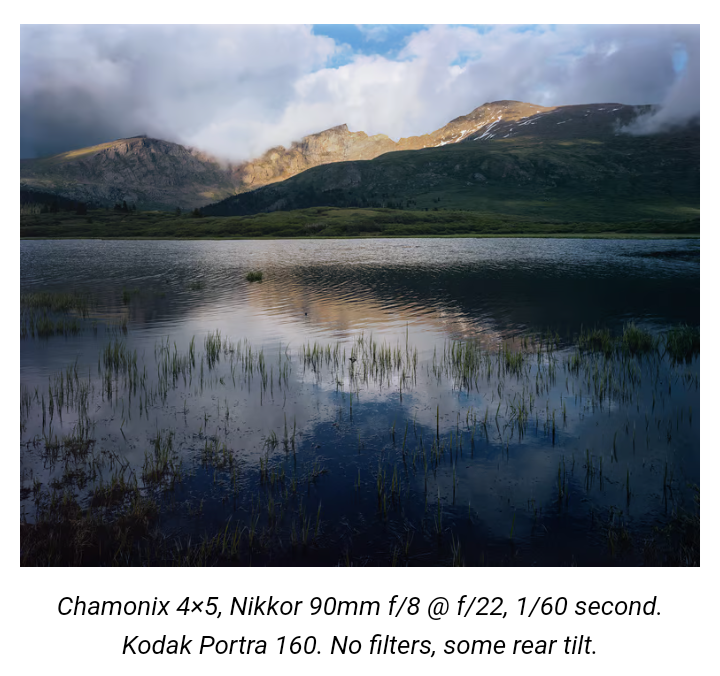
23. Find Local Events to Photograph
The last idea on this list, and one of the easiest to implement, is to be on the lookout for local events that are good for photography.
In almost any town, there will be fireworks or parades at some point in the year. The same is true of outdoor concerts, especially in larger cities, as well as other events like sports and seasonal festivities. The specific event does not matter; these are great opportunities for photography in almost every case.
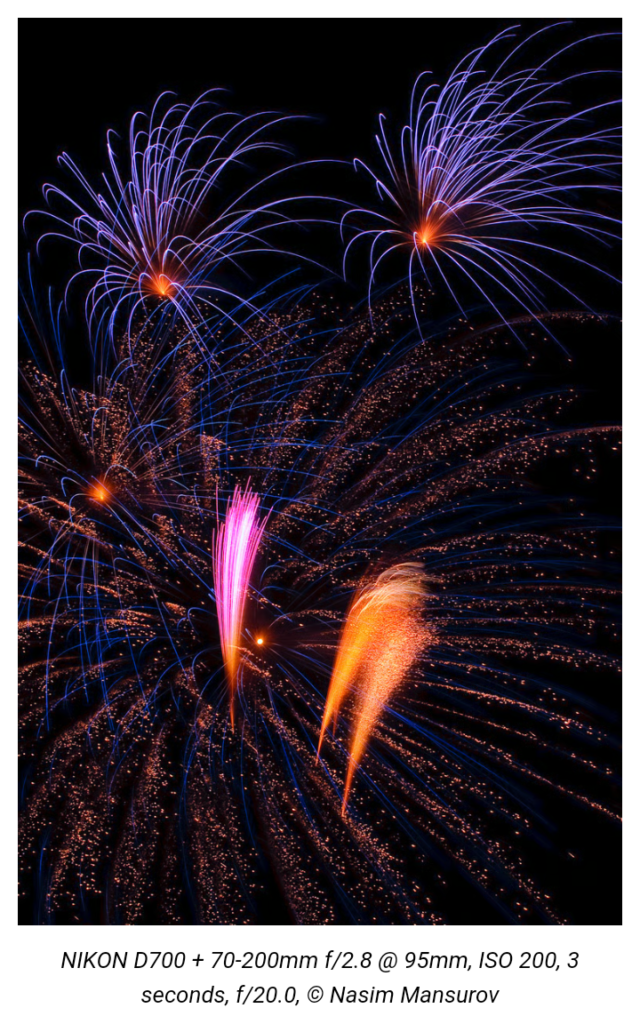
Start a Journal or Blog
Part of the charm of photography is that you can use it to tell a story. And while one photograph can be a story all by itself, you can also use multiple photos in a story, so why not take a few shots and put them together with some text? There are many ways to do so as well. You could keep it simple and keep a physical diary with photographs, or put it online with a free platform like Substack or Medium.
Start with something simple. Write about an personal or family event or something happening in your town. A fixed narrative in your mind will focus your photography and give you a mission: to best illustrate the main events. If you have other passions or hobbies besides photography, consider writing about those with your best photographs to make your story shine.

Conclusion
I hope that the ideas in the list above will inspire your photography in 2023 and beyond! Whether you are in a creative rut or you just want to keep exploring new things, it can help to step outside your usual photos for a bit. Branch out to a different genre, wait for seasonal changes, practice recreating a photo you liked, or whatever else helps you enjoy photography even more.
If you have any ideas and recommendations for other photographers, please share in the comments below.






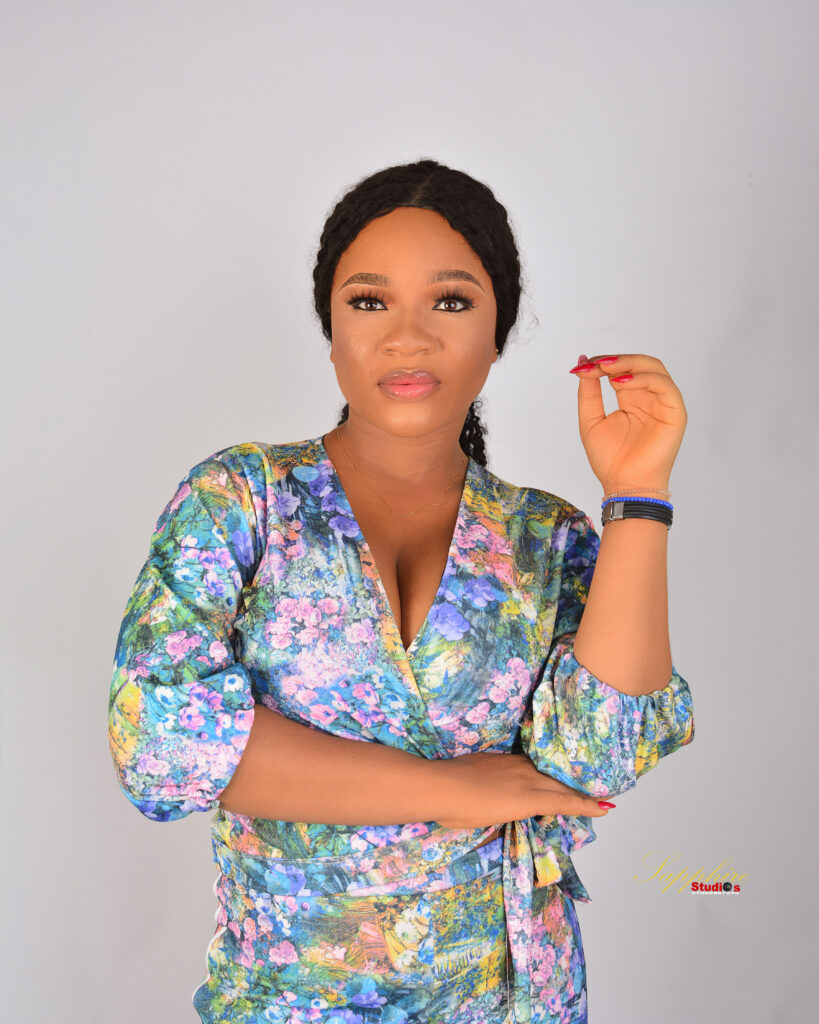


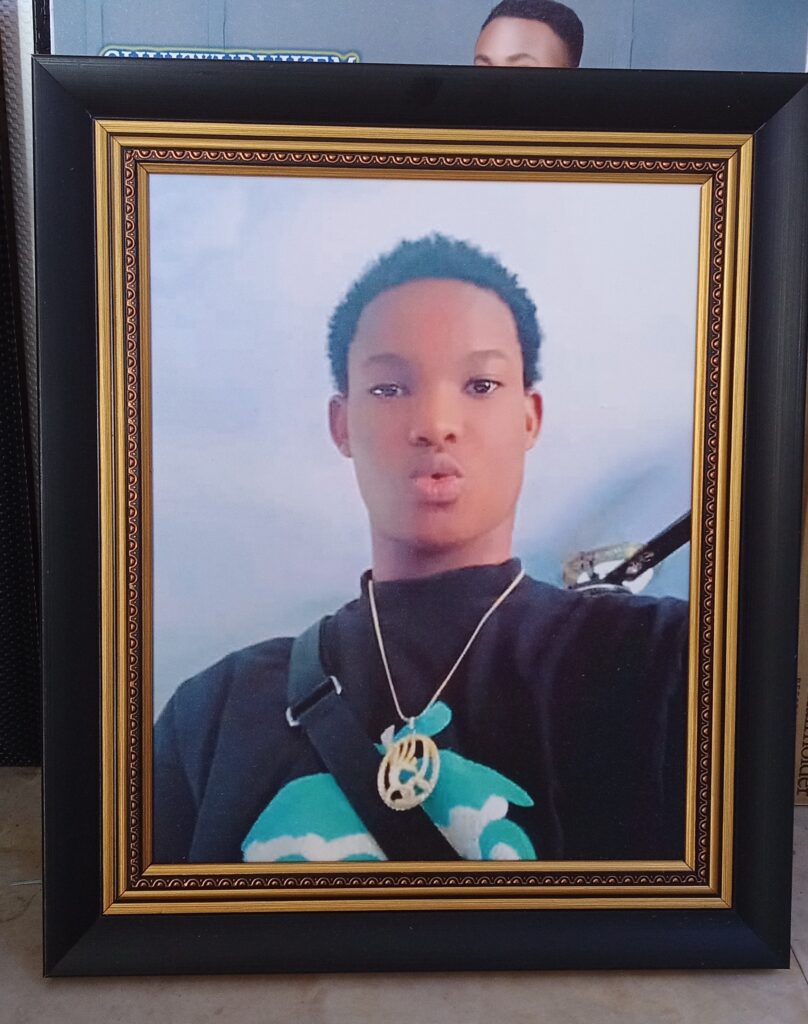
4 responses to “24 Top Photography Ideas for 2024”
[…] Keep Your Lines Straight […]
[…] to see and capture the moment. A lot of new photographers who like street photography for its classy/candid look and feel typically get nervous to actually do it, as it demands a lot of time & devotion, […]
Nice post! You have written useful and practical information. Take a look at my web blog UY6 I’m sure you’ll find supplementry information about Thai-Massage you can gain new insights from.
We definitely do that soon…